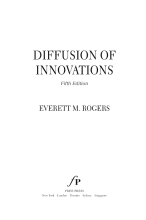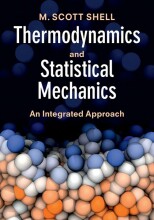Kinetic data and their interpretation - Kinetic isotope effect
5 important questions on Kinetic data and their interpretation - Kinetic isotope effect
What is the kinetic isotope effect?
The kinetic isotope effect is the phenomenon that hydrogen atoms in a molecule transfers ~8x faster than deuterium atoms.
How can the kinetic isotope effect be explained?
Because deuterium has a larger mass than hydrogen the dissociation energy needed is larger for deuterium than hydrogen.
When do you expect the primary isotope effect to be maximum, in a chemical reaction?
The largest isotope effect is found when the transition state of the proton transfer is symmetrical, which means that the pKa of the acid (proton donor) equals the pKa of the protonated base (proton acceptor).
- Higher grades + faster learning
- Never study anything twice
- 100% sure, 100% understanding
What is tunneling and what is the effect on the kinetic isotope effect?
Tunneling, or quantum mechanical tunneling is a phenomenon where a particle tunnels through a barrier that is classically could not overcome. i.e. When a proton is transferred from an organic acis to a highly sterically hindered base.
What is the secondary kinetic isotope effect?
The secondary isotope effect is when not only the transferred atom is effected but also atoms further away.
The question on the page originate from the summary of the following study material:
- A unique study and practice tool
- Never study anything twice again
- Get the grades you hope for
- 100% sure, 100% understanding































